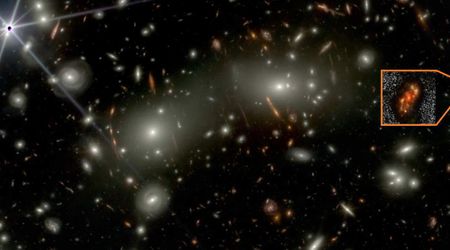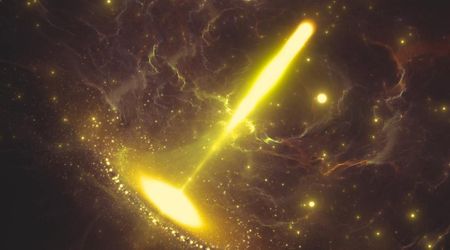SpaceX faces mandatory inquiry from the FAA following Starship's ninth launch mishap

The FAA has directed SpaceX to investigate the recent failure during the ninth test flight of its Starship megarocket. On May 27, Starship Flight 9 launched from SpaceX's Starbase in South Texas and concluded with the destruction of both its Super Heavy booster and Starship upper stage. The Federal Aviation Administration (FAA), responsible for issuing launch licenses for US operators, is particularly focused on one of the explosive incidents that occurred during the flight, as reported on Space.com.

The FAA issued an update on May 30, clarifying the scope of its investigation into Starship Flight 9. "The mishap investigation is focused only on the loss of the Starship vehicle, which did not complete its launch or re-entry as planned," FAA officials stated. The agency further explained why the loss of the Super Heavy boosters is not part of this specific investigation. "The FAA determined that the loss of the Super Heavy booster is covered by one of the approved test-induced damage exceptions requested by SpaceX for certain flight events and system components." They emphasized that these expectations were thoroughly vetted before launch: "The FAA evaluated each exception prior to launch approval and verified they met public safety requirements."

On Flight 9, SpaceX achieved a major milestone by reusing a Super Heavy booster for the first time. This specific booster had previously performed flawlessly on Flight 7 in January, completing its engine burn and then executing a successful and dramatic catch by the Starbase launch tower's "chopstick" arms. While SpaceX didn't attempt another catch on Flight 9, they conducted various experiments with the booster, including bringing it down at a higher "angle of attack" to increase atmospheric drag. For safety, SpaceX intended for the Super Heavy booster to perform a controlled "hard splashdown" in the Gulf of Mexico during Tuesday's Flight 9. However, this did not go as planned. SpaceX's Flight 9 recap stated, "Contact with the booster was lost shortly after the start of landing burn when it experienced a rapid unscheduled disassembly approximately 6 minutes after launch, bringing an end to the first reflight of a Super Heavy booster."

The Ship's upper stage faced even greater challenges on Flight 9. It was supposed to execute a soft splashdown in the Indian Ocean, off the coast of Western Australia, about 65 minutes after liftoff. Unfortunately, an "attitude control error" prevented the vehicle from achieving the correct orientation for re-entry. SpaceX's recap noted, "Starship then went through an automated safing process to vent the remaining pressure to place the vehicle in the safest condition for re-entry." Ultimately, "Contact with Starship was lost approximately 46 minutes into the flight, with all debris expected to fall within the planned hazard area in the Indian Ocean," as mentioned by the outlet.
According to the FAA, the incident resulted in no reported injuries or damage to public property. Furthermore, disruptions to US airspace were minimal, representing an improvement compared to the two preceding Starship launches. The FAA official explained that "the FAA activated a Debris Response Area, out of an abundance of caution, when the Super Heavy booster experienced its anomaly over the Gulf of America during its flyback toward Texas." They later confirmed that "debris did not fall outside of the hazard area." "During the event, there were zero departure delays, one flight was diverted, and one airborne flight was held for 24 minutes," they added.









